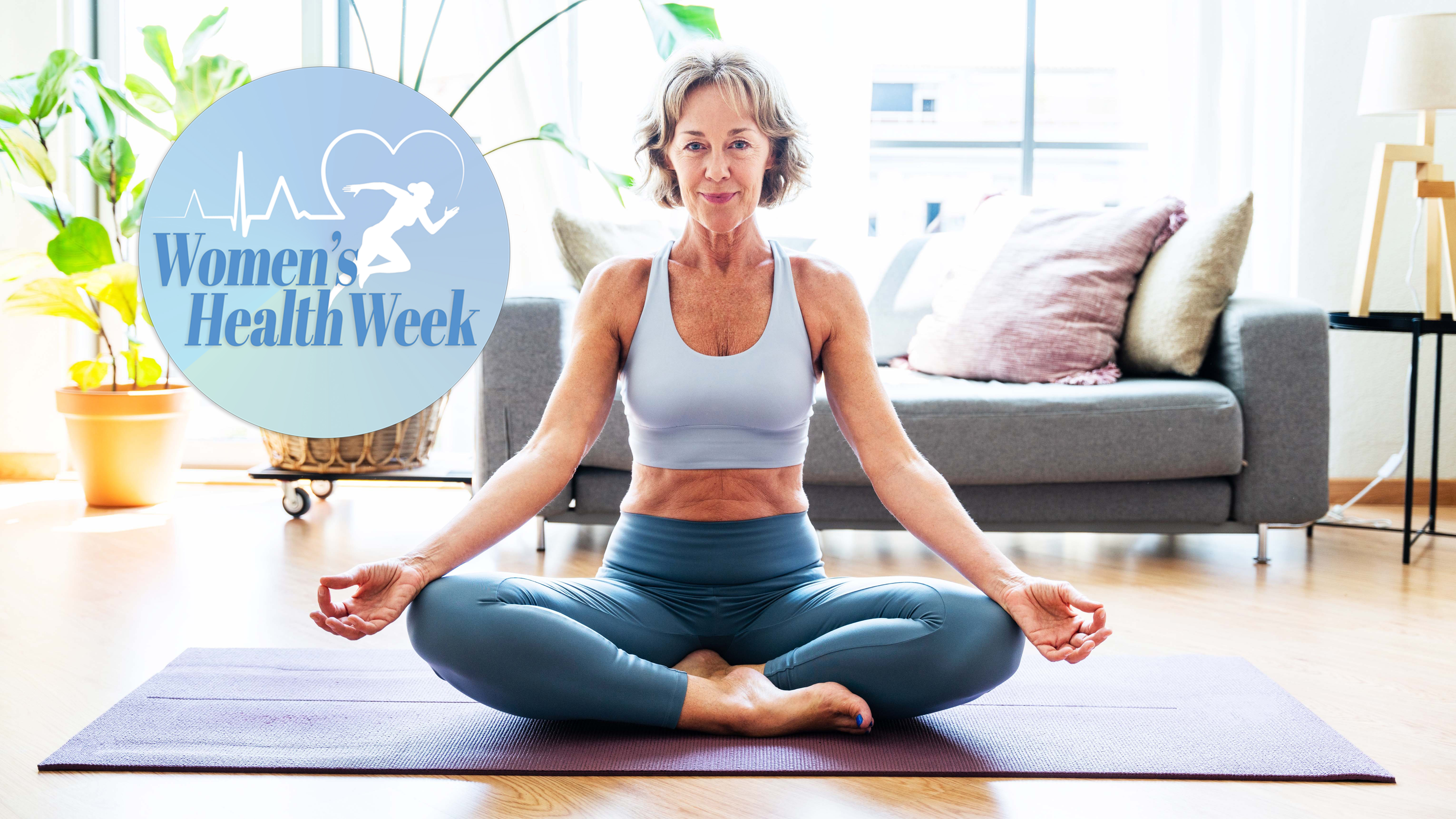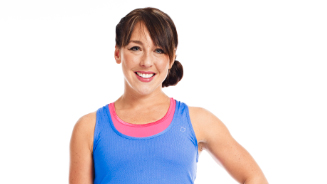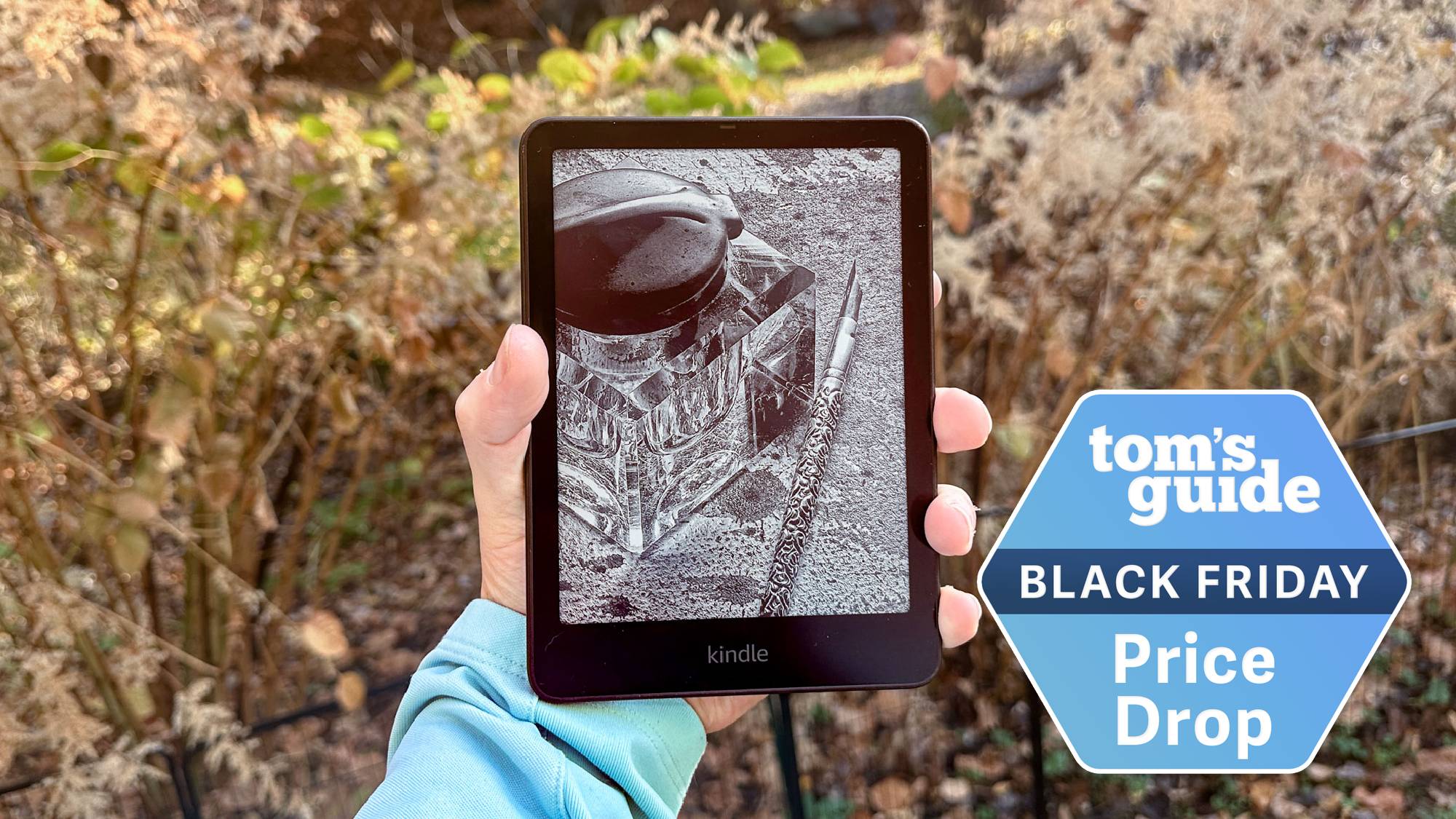The experts have spoken — these are the 7 best exercises for menopause

Exercise can be one of the most powerful tools for managing both the physical and emotional changes that come with menopause. From weight gain and disrupted sleep to decreased muscle mass and bone density, the effects of menopause can feel overwhelming.
However, the right kind of movement can help reduce symptoms, build strength, and restore a sense of control and confidence.
This article is part of Tom's Guide's Women's Health Week — a series of content that explores how technology and the right workouts can support and empower women through every phase of life.
“During menopause, it’s important to focus on exercises that support overall health and address common concerns,” says Niki Wibrow, menopause fitness and health coach. “This includes strength training to help maintain muscle mass and support bone density, as well as cardiovascular exercise — think brisk walking, cycling, or swimming — to lift your mood, manage weight, and reduce the risk of chronic conditions like heart disease, high blood pressure, and type 2 diabetes.”
Flexibility matters, too. “Incorporate stretching or yoga to improve balance, ease stiffness, and keep joints moving well as hormones fluctuate,” adds Niki.
The best exercises for menopause
“As we age, we naturally lose muscle mass, which can lead to weaker bones, a slower metabolism, and a higher risk of injury,” says Niki. “Strength training with light to medium weights helps combat these changes — keeping you strong, energized, and confident.”
In this routine, Niki demonstrates seven simple, yet effective, full-body strength exercises designed to support your body through menopause. These exercises not only help manage symptoms like hot flashes and mood swings but also promote overall well-being and vitality.
“Just three to four sessions a week is a fantastic place to start,” Niki adds. “It’s a smart way to future-proof your body” — think of it as your physical pension pot. The more you invest now, the more benefits you'll reap later.
Get instant access to breaking news, the hottest reviews, great deals and helpful tips.
The warm-up
Always begin with a gentle warm-up to prepare your muscles and joints, boost circulation, and help prevent injury. Light marching on the spot, arm swings, or a brisk walk around the block work perfectly.
“It’s not about going harder — it’s about going smarter,” says Niki. “Your hormones have changed, and your workouts should too. Swap the old hustle for a new kind of strength.”
The workout
“When you're feeling low-energy, even small pockets of movement can make a big difference. They boost blood flow, release feel-good endorphins, and help reset your mind without overwhelming your body. Think of it as a quick recharge, not a full workout — every bit counts.”
Niki recommends starting with three sets of 10 reps, focusing on form over speed. “It’s all about quality over quantity,” she explains. “Good technique ensures you get more from each movement while reducing the risk of injury.”
A post shared by Niki Wibrow (@nikiwibrowfitness)
A photo posted by on
1. Plie Squat
Reps: 10
Sets: 3
Why: “Targeting the inner thighs is especially important as we age because these muscles play a key role in stability, balance, and overall leg strength,” says Niki. This move strengthens the hips and thighs.
- Stand tall with your feet wider than shoulder-width apart and toes turned out.
- Bend your knees and lower into a squat, keeping your back straight and chest lifted.
- Ensure your knees track out over your toes.
- Raise your heels off the floor, balancing briefly on your toes.
- Lower your heels and return to standing. That’s one rep.
2. Oil Riggers
Reps: 5 each leg
Sets: 3
Why: “As we age, our arms naturally lose muscle tone and skin elasticity due to a drop in collagen and muscle mass,” says Niki. “This can lead to a softer, less defined appearance — but this move helps strengthen and sculpt the arms and shoulders.”
- Start in a high plank position on your knees with your hands directly under your shoulders and your body in a straight line from head to heels.
- Lift your left leg behind you and bend your arms to lower your shoulders to the floor. Then press back up to the starting position.
3. Downward dog to plank
Reps: 10
Sets: 3
Why: “Movement isn’t just about fitness — it’s about feeling good,” says Niki. “This exercise is designed to keep you mobile, ease joint stiffness, and build strength.”
- Start in a high plank with your hands under your shoulders and body in a straight line.
- Push your hips up and back into a downward dog position, lengthening through your spine and hamstrings. Then shift your weight forward into the plank, engaging your core.
- Repeat this transition for 10 reps, focusing on control and breath.
4. Scissor Sweeps
Reps: 10 (each side)
Sets: 3
Why: “Menopause shifts everything — including your core, but with the right movements, you can rebuild strength, stability, and confidence from the inside out,” explains Niki.
- Lie on your back with legs extended and arms overhead, hands interlinked.
- Engage your core and lift your arms toward your right leg, twisting slightly to crunch to the outside of your right leg.
- Lower back down with control, then repeat on the left side.
- Keep your lower back pressed into the mat throughout and focus on slow, deliberate movements.
5. Reverse Plank With Twists
Reps: 10
Sets: 3
Why: “The reverse plank twist strengthens the back, tones the arms, and targets the glutes and core,” says Niki.
- Sit on the floor with your legs extended and your hands placed just behind your hips, fingers pointing forward.
- Press through your palms and heels to lift your hips, creating a straight line from head to heels.
- Squeeze your glutes and engage your core.
- Gently twist your hips from side to side, keeping the movement controlled and hips high.
6. Wide Push Offs
Reps: 10
Sets: 3
Why: “This gentle move improves flexibility and strengthens the back” explains Niki. It also helps stretch the abdominals while opening the chest and shoulders.
- Lie on your stomach with your legs extended and hands placed wide, in line with your shoulders.
- Squeeze your elbows in toward your ribcage and gently press your chest off the mat.
- Keep your shoulders relaxed and away from your ears.
- Only lift as high as feels comfortable, avoiding tension in your lower back.
- Lower with control and repeat.
7. Plank Tuck Taps
Reps: 10
Sets: 3
Why: “Menopause can lead to bloating and stubborn belly fat. Core moves like this help tighten, tone, and boost body confidence,” says Niki.
- Start in a high plank position with shoulders stacked over wrists and core engaged.
- Draw your right knee toward your chest, focusing on pulling your belly button towards your spine, then tap your foot back.
- Next, bring the same knee in again, but this time tap your foot out to the right side — that’s one rep.
- Repeat with the left leg, keeping your hips steady and movement controlled.
Cool down
Take a few minutes to cool down with some light stretching—gentle forward folds, cat-cow stretches, and a seated twist are perfect for releasing any tension.
Remember, this phase of life isn’t about slowing down — it’s about shifting.
“Menopause is like signing up for a subscription box you didn’t even ask for,” says Niki. “But by tuning into your body and moving with intention, you can feel strong, balanced, and empowered through menopause and beyond.”
No matter where you are in your menopause journey, movement is one of the most powerful tools to help you feel more like yourself again.
Lucy Miller is a Journalist, Level 3 Personal Trainer, Nutritional Advisor and Children’s Fitness Specialist. She holds fitness qualifications from NASM Training and Premier Training International and has been a fitness journalist and model for over 20 years.
You must confirm your public display name before commenting
Please logout and then login again, you will then be prompted to enter your display name.

